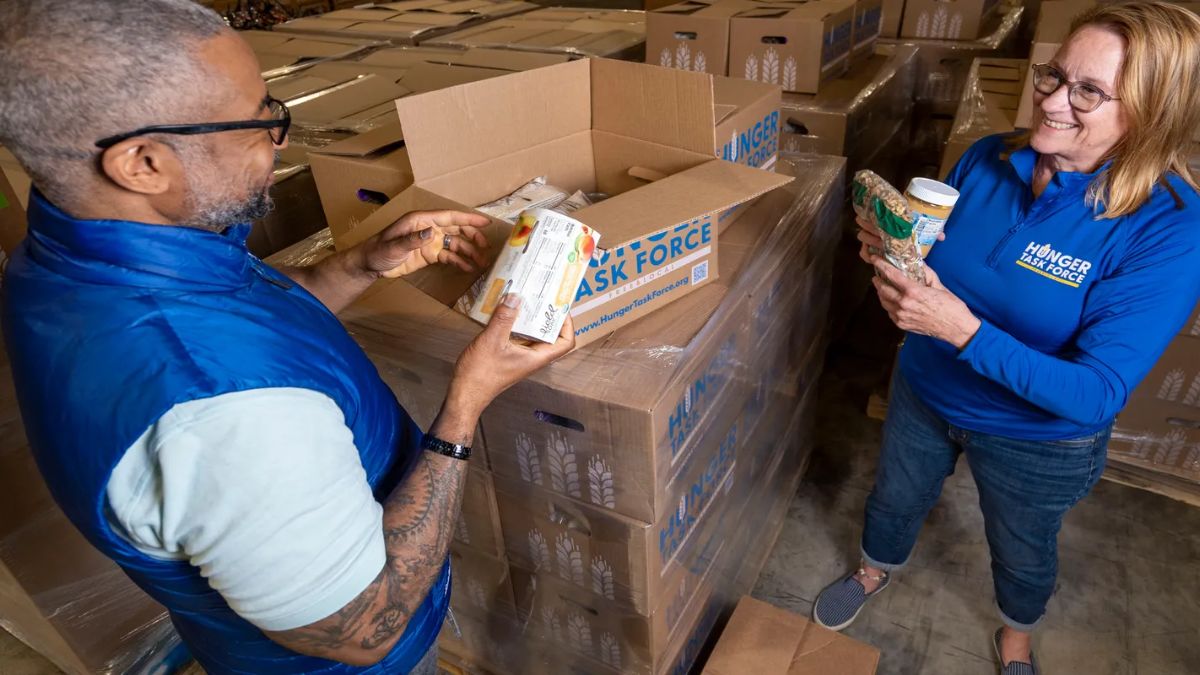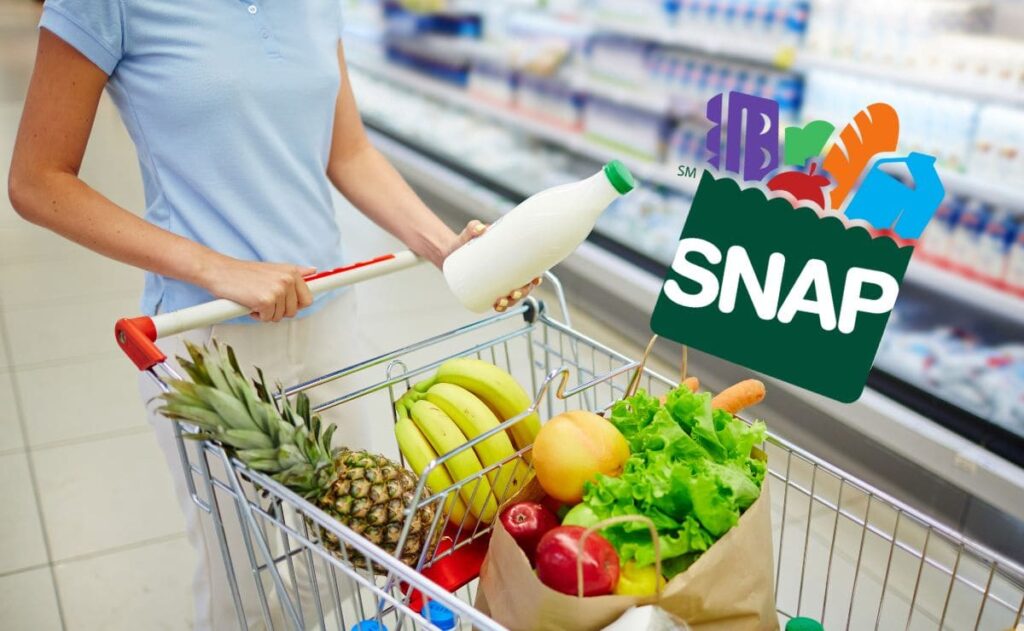Despite low unemployment, more Wisconsin residents are using the FoodShare program than before the pandemic, owing to reduced eligibility requirements, high grocery prices, and increased knowledge of the initiative.
According to the Milwaukee Journal Sentinel, more people in Wisconsin are using the FoodShare program to help them buy food, despite the fact that unemployment is low and jobs are plentiful. In April, the number of enrolled individuals in FoodShare stood at over 700,000, a decrease from the peak of nearly 800,000 in mid-2021, yet still surpassing the enrollment figures prior to the outbreak, which stood at approximately 600,000. The pandemic’s relaxation of standards, which simplified eligibility for assistance, partially accounts for this increase.
High grocery prices are also prompting more people to seek assistance from FoodShare. Groceries are now 25% more expensive than they were four years ago, which hurts retirees and those on fixed incomes. According to the survey, some working people may be underemployed, which means they work fewer hours or for a lesser income and hence require additional assistance from FoodShare.
During the pandemic, more people learned about and began using the FoodShare program. Many people who were eligible but had never applied previously did so after losing their employment. The increased outreach and reduced stigma associated with seeking assistance have kept many new users on the program, even as work opportunities have expanded.
This Article Includes







